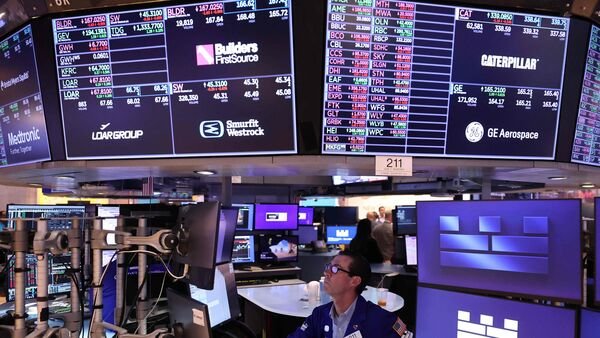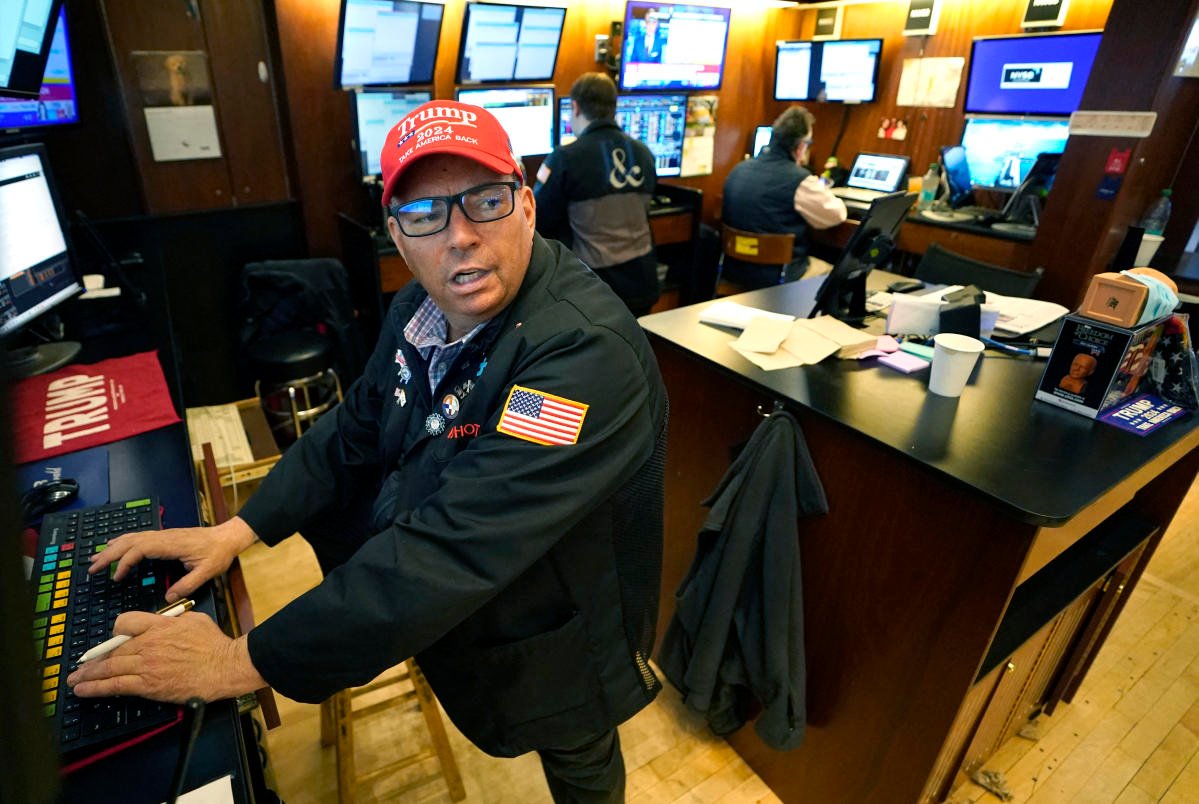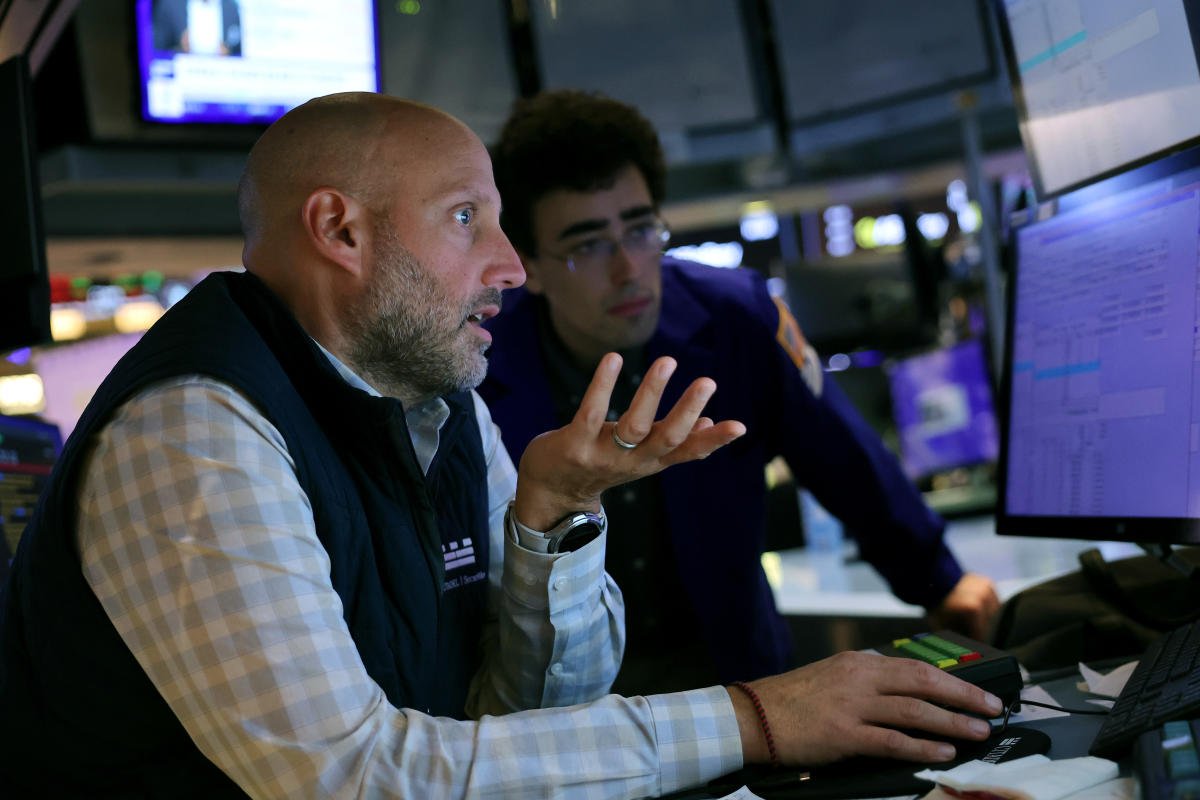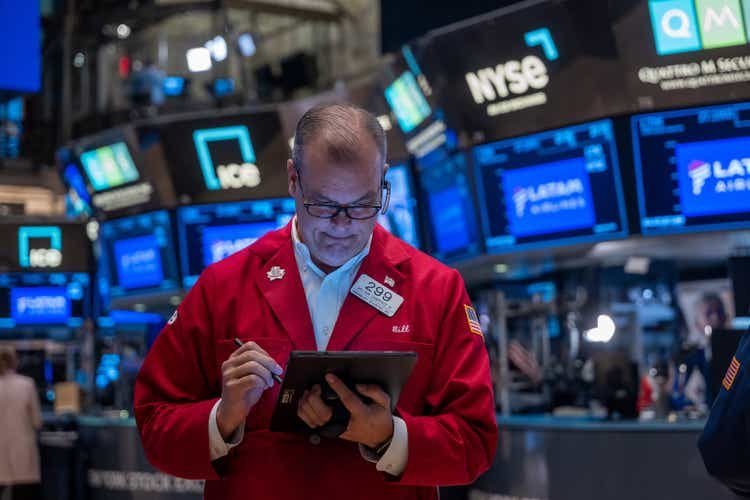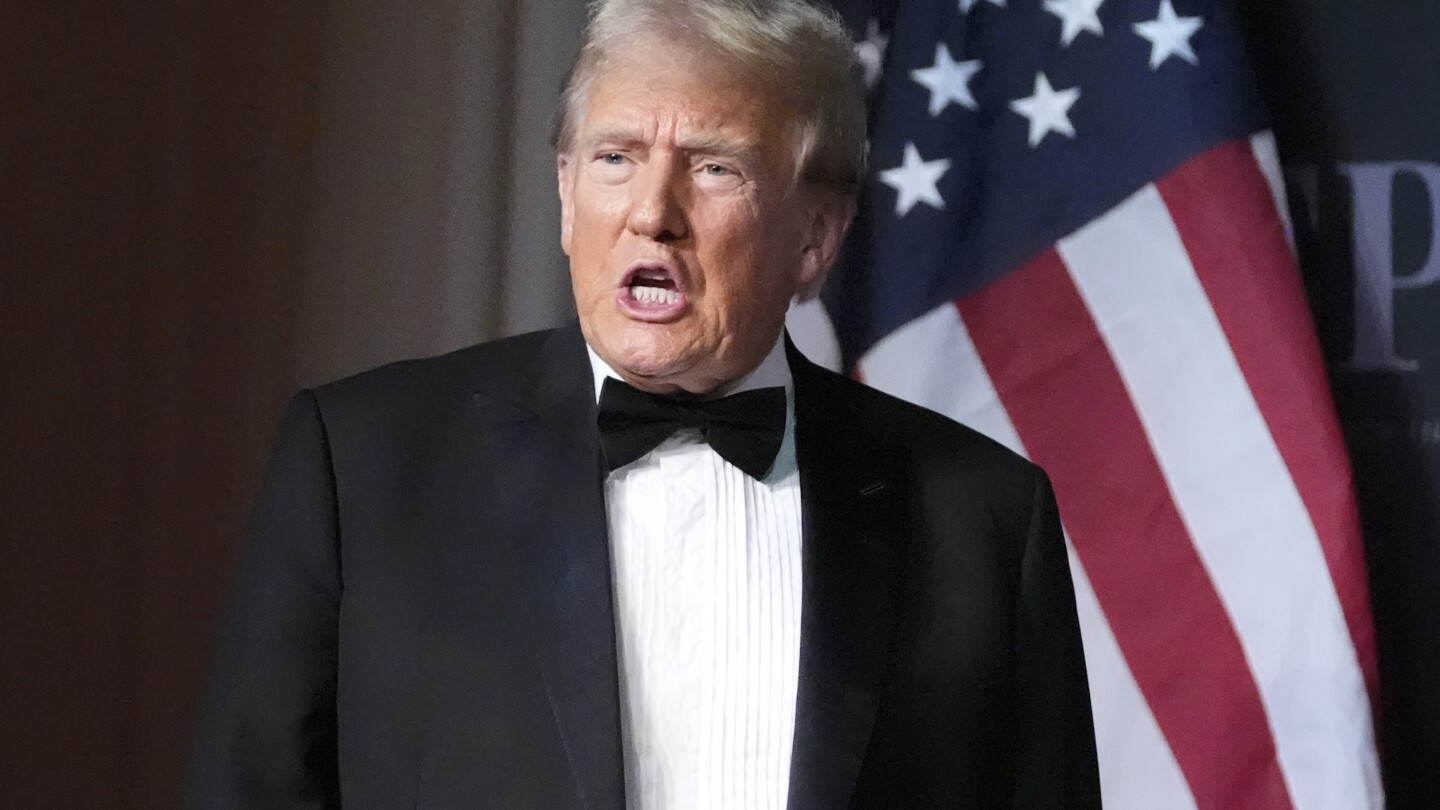Spencer Jakab , The Wall Street Journal 4 min read 21 Sep 2024, 04:46 PM IST
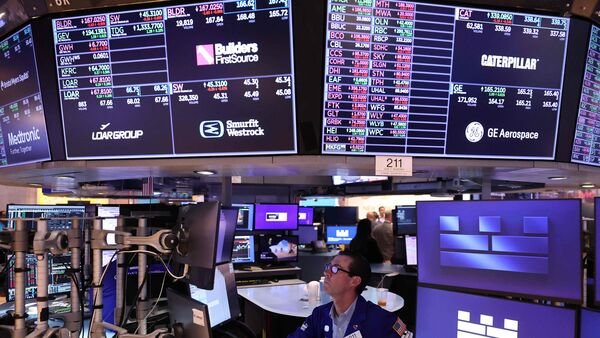
Summary
If stocks already were due for a tumble and the economy for a recession, the Fed’s rate cut probably didn’t avert it.
Wall Street commentary around this week’s Fed rate cut could have filled a very long and boring book, but much of what you need to know about its effect on the stock market can be found in a movie rarely linked with monetary policy: “The Wizard of Oz.”
The great and powerful man behind the central bank curtain, Jerome Powell, really can’t do as much as people think to keep their portfolios from shriveling if the wheels are already starting to come off the economy. Stocks’ initial reaction to Wednesday’s cut was exuberant. That often proves to be a head fake, though—we still don’t know how this movie ends.
Take the start of the rate-cutting cycle in 2007—one that coincidentally began on the same day of the year, the same starting federal-funds rate, and was for an identical amount, half a percent (50 basis points)—as Wednesday’s move. The effect was electric: The Dow Jones Industrial Average had its largest gain in more than four years, rising 336 points, the equivalent of about 1,000 points today. Lehman Brothers shares were among the top performers, surging 10%.
But, as we know now, stocks were just three weeks from their bull-market peak, a recession would begin in January 2008, and Lehman would collapse less than a year later in the largest-ever U.S. bankruptcy. By that time, the Fed had cut rates six more times—moves of 25, 25, 75, 50, 75 and 25 basis points, in that order. The moves took rates to 2%, their lowest in nearly four years. In the two months following the Lehman panic, the Fed made three more steep cuts, slashing rates to zero (technically a range of 0% to 0.25%) for the first time ever.
Stocks surged then too, with the benchmark S&P 500 jumping 4.7%. The Dow’s gain of 360 points would be nearly 1,700 today. Yet they erased all of that day’s rally in less than a week and would go on to shed another quarter of their value before bottoming in March 2009.
To be clear, the conditions that existed during the housing crisis were extreme, sparking the worst U.S. economic downturn since the Great Depression. Extreme events are by definition rare, and most predictions of doom are false alarms. More money is lost bracing for bear markets than in them, even when they really happen.
Yet there have been 22 bear markets in the past century for all sorts of reasons. Economists who dismiss the possibility of a tumble just because specific excesses such as toxic subprime loans as in the mid-aughts or ludicrous dot-com valuations akin to the late ’90s don’t exist today could wind up with egg on their faces. Like generals fighting the last war, they rely too much on their lived experience.
In a classic of the genre, then Bear Stearns chief economist David Malpass wrote a Wall Street Journal op-ed, “Don’t Panic About the Credit Market,” in August 2007 after a two-month retreat in stock prices.
“Unlike the 1998 seizure in credit markets to which many are now drawing comparisons, reservoirs of global liquidity are full to overflowing, not empty as they were that year,” he wrote. “The deep 1997-1998 Asian crisis has been replaced with an all-cylinder boom.”
Despite five subsequent Fed rate cuts, his employer was among the first high-profile casualties of the credit meltdown. Two months after September 2007’s rate-cutting cycle had begun, the mood already had darkened, yet a Wall Street Journal survey of 54 economists that month put the odds of any U.S. recession in the following 12 months at just one-third.
The chairman of the Fed doesn’t have a magic wand to levitate an economy that is already stumbling or a stock market about to do the same. Goldman Sachs strategist David Kostin noted recently that “the trajectory of growth is a more important driver for stocks than the speed of rate cuts.”
His research shows that, if the economy has already been headed into a recession before the first rate cut, then the median path of the S&P 500 has been to lose around 14% of its value in the coming year. If it wasn’t headed into a recession, then it is the inverse. Lower rates most certainly matter for bond investors. They might only blunt an already-unfolding swoon for stocks, though, since they take so long to filter through to companies and consumers.
Claims that the U.S. economy could soon contract aren’t very convincing at the moment, and a sharp pullback of a third or more in stocks would be unusual unless the economy stalls. That helps explain why stocks are near record highs and the usual signs of market caution so subdued. But so does the misguided belief that Fed cuts are themselves a reason to remain calm and keep buying.
There are smart people on the fringes—they usually are at this stage—warning about excesses in private credit and commercial real estate or the effect of China’s alarming slowdown on the world economy. U.S. stocks have rarely been so expensive, concentrated or dependent on a single theme—the promise of AI. And government indebtedness around the world has never been as high, making the response to the next recession trickier.
We’re not in Kansas any more.
Write to Spencer Jakab at Spencer.Jakab@wsj.com
Catch all the Business News, Market News, Breaking News Events and Latest News Updates on Live Mint. Download The Mint News App to get Daily Market Updates.

